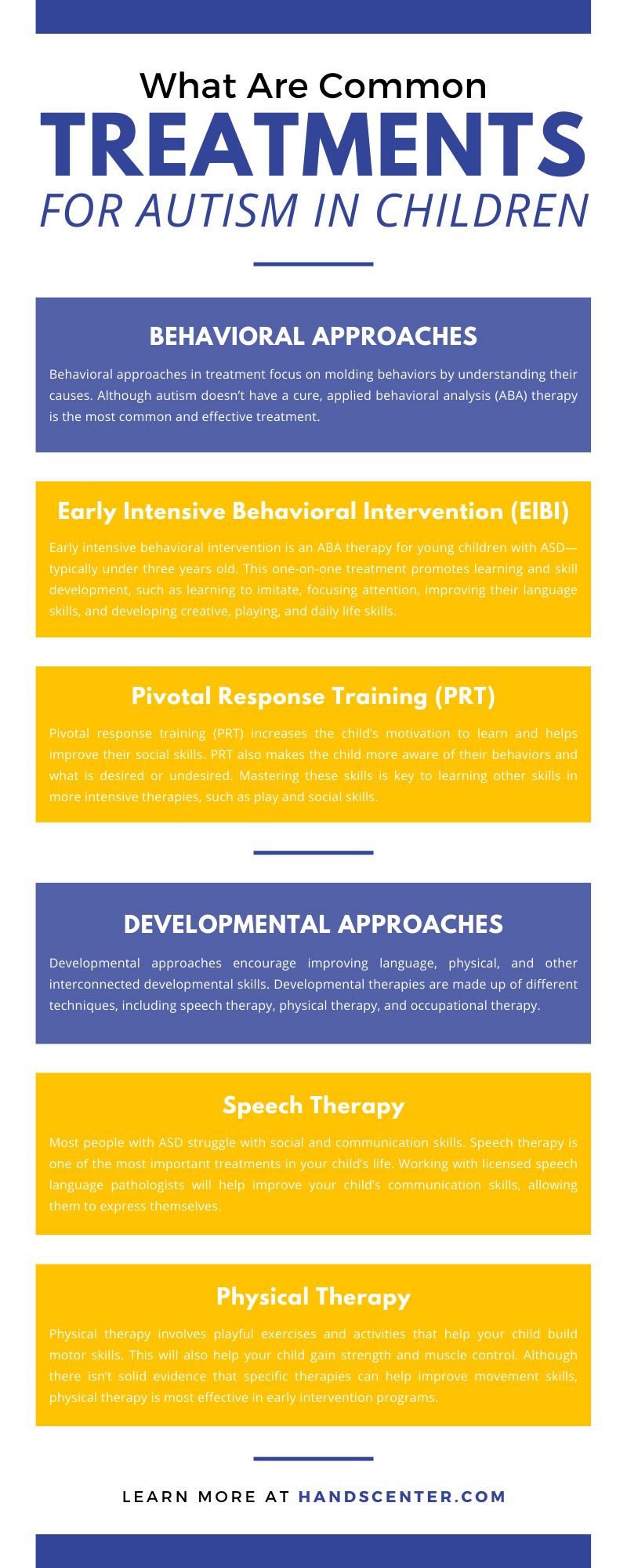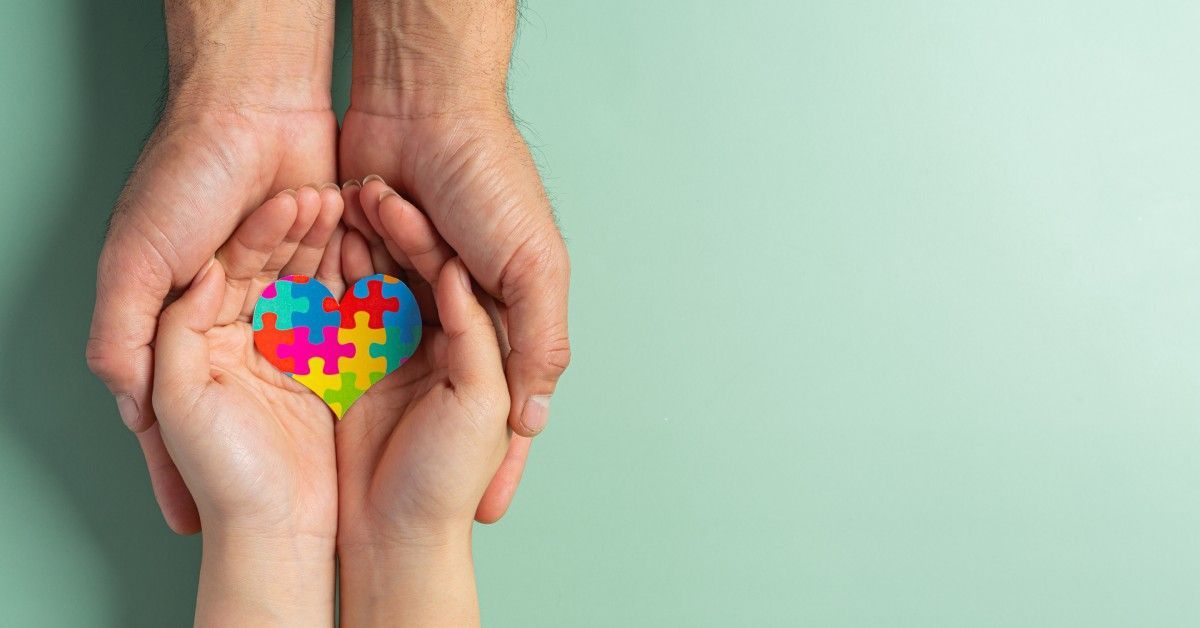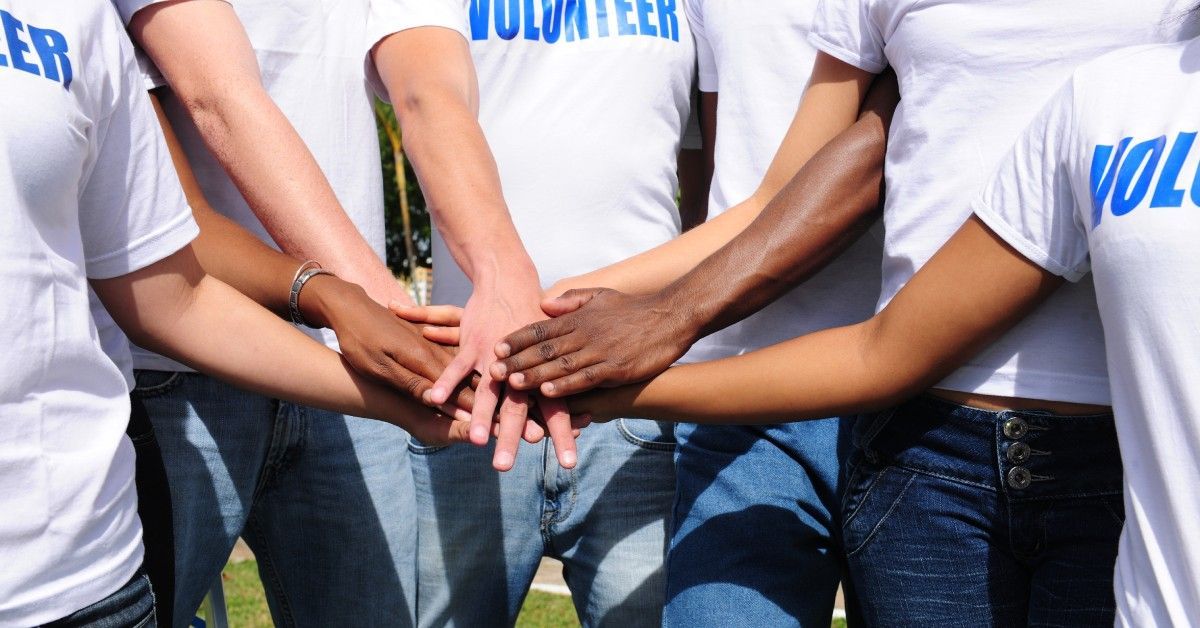What Are Common Treatments for Autism in Children
Diagnosing autism spectrum disorder can be a long and challenging process. Since there’s no medical test to diagnose autism, doctors will monitor the child’s behavior and developmental history. This process can start as early as 18 months, but most children won’t receive an official diagnosis until they’re much older.
If your child recently received a positive diagnosis, don’t wait to get the support and education they need for a successful, productive life. Current therapies and interventions for ASD help reduce symptoms that disrupt your child’s quality of life. Since autism affects each person differently, there are various styles, approaches, and treatment plans that are catered to the individual.
You can complete these treatments and therapies in any setting, but the main priority is getting your child the support they need to carry these lessons throughout their life. It takes a village to ensure that your child meets their goals and makes progress. There are many types of treatments and therapies available to your child. To help support your child and learn a little more information about these interventions, here are the most common treatments for autism in children.
Behavioral Approaches
Behavioral approaches in treatment focus on molding behaviors by understanding their causes. Although autism doesn’t have a cure, applied behavioral analysis (ABA) therapy is the most common and effective treatment.
Many healthcare professionals and educators use this style to help encourage desired behaviors and discourage undesired behaviors. ABA can help improve your child’s social development and life skills.
Early Intensive Behavioral Intervention (EIBI)
Early intensive behavioral intervention is an ABA therapy for young children with ASD—typically under three years old. This one-on-one treatment promotes learning and skill development, such as learning to imitate, focusing attention, improving their language skills, and developing creative, playing, and daily life skills.
Pivotal Response Training (PRT)
Pivotal response training (PRT) increases the child’s motivation to learn and helps improve their social skills. PRT also makes the child more aware of their behaviors and what is desired or undesired. Mastering these skills is key to learning other skills in more intensive therapies, such as play and social skills.
Discrete Trial Training (DTT)
Discrete trial training (DTT) is part of ABA therapy. It involves breaking learning tasks into small, discrete steps. Lessons and treatments are taught using rewards and promotions to help the child complete each step correctly. However, over time, the prompts and tips will stop so that the child won’t expect a reward for mastered skills.
Naturalistic Developmental Behavioral Interventions
Naturalistic developmental behavioral interventions occur in the child’s natural environment with their caregivers or parents. Naturalistic developmental behavioral interventions use various practices to help promote interaction and learning new skills. This approach also emphasizes the child’s own creative and educational interests.
Developmental Approaches
Developmental approaches encourage improving language, physical, and other interconnected developmental skills. Developmental therapies are made up of different techniques, including speech therapy, physical therapy, and occupational therapy.
Speech Therapy
Most people with ASD struggle with social and communication skills. Speech therapy is one of the most important treatments in your child’s life. Working with licensed speech language pathologists will help improve your child’s communication skills, allowing them to express themselves.
If your child cannot speak, they will learn gestures, sign language, and picture communication techniques to help them gain the ability to communicate clearly.
Physical Therapy
Physical therapy involves playful exercises and activities that help your child build motor skills. This will also help your child gain strength and muscle control. Although there isn’t solid evidence that specific therapies can help improve movement skills, physical therapy is most effective in early intervention programs.
Occupational Therapy
Occupational therapy is a common treatment for improving sensory integration and motor skills. OT also encourages children to use their fine-motor movements. Each therapy session is based on individual goals and evaluations since every child has a different starting point.
These sessions also help improve the child’s quality of life. They will take these skills with them throughout their childhood and adulthood. These skills include:
- Using utensils
- Cutting with scissors
- Writing
- Getting dressed
- Brushing their teeth
Social Relationship-Based Approaches
Social-relationship treatments encourage children with ASD to build emotional bonds and social skills. This approach is a common treatment for children with autism. Social methods also involve support from caregivers or parents and the child’s peers. These approaches include:
- Social stories – simple descriptions of what to expect in a social setting.
- Social skills groups – opportunities for people with ASD to practice social skills.
- Relationship developmental intervention – involves activities that encourage people with ASD to participate in shared social settings.
- Floor time – parents and therapists engage with the child’s interest to encourage communication.
Pharmacological Approaches
No medications will treat or “cure” ASD and its symptoms. However, some medicines help treat co-occurring symptoms that can make people with ASD’s daily life more functional. For example, some medication will help manage your child’s inability to focus or self-harming behaviors like hand biting or hitting. Some medicines can help treat psychological conditions, including other medical conditions like sleeping issues, anxiety, depression, or seizures.
It's imperative that you work with an experienced doctor who is passionate about treating those with ASD. Doctors, family members, and caregivers must work together to help monitor reactions or progress to medications, prescription or over-the-counter.
Psychological Approach
If your child experiences anxiety, depression, or other mental health issues, cognitive behavior therapy can help turn the situation around. CBT is a psychological approach that helps make the connection between behaviors, feelings, and thoughts. The child and therapist will work together to help improve their moods by making goals and changing how the child may react to scenarios.
If your child has ASD, don’t hesitate to put them in ABA and other supportive programs. These approaches will help them learn these skills early. At HANDS Center for Autism, we are a passionate ABA Therapy center that is always excited to help children flourish. We also have support training sessions for our parents who may need support and advice on this new journey.
If you have questions about treatment or approaches, contact us! We will be happy to help.







